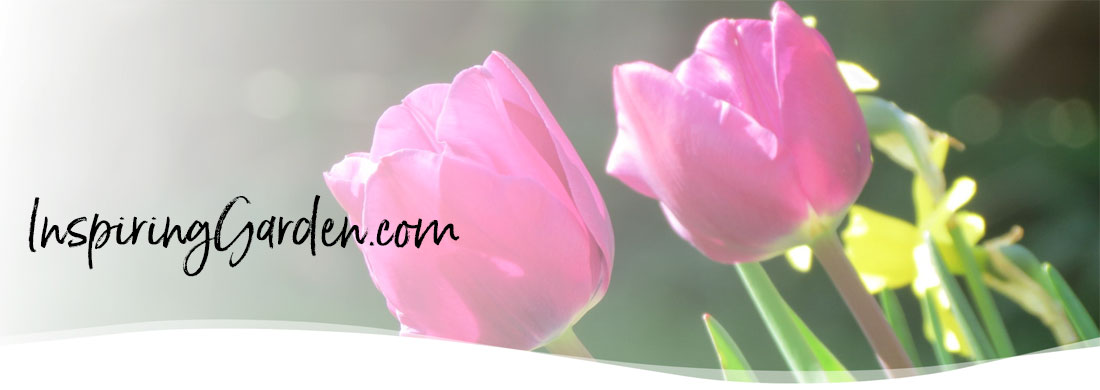Dahlias: The Summer Garden’s Brightest Stars
Dahlias: The Summer Garden’s Brightest Stars
Dahlias reign supreme in the summer garden, captivating gardeners and onlookers alike with their stunning diversity and vibrant colors.
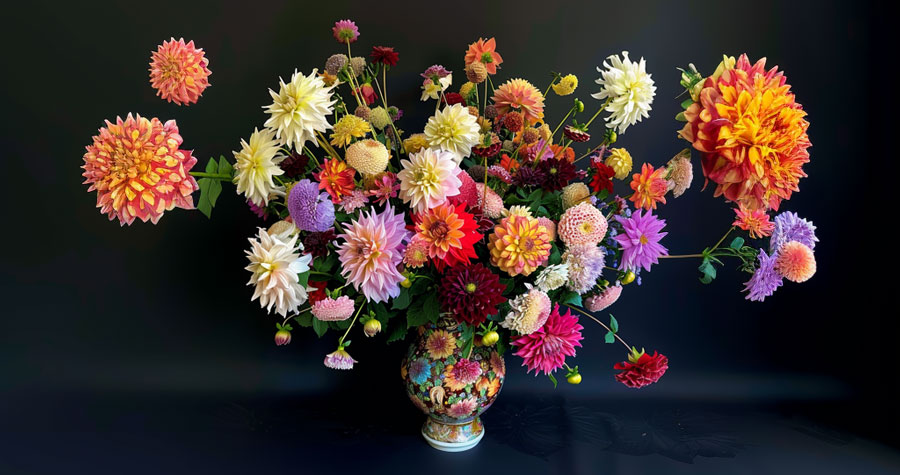
These remarkable flowers range from petite pingpong-sized globes of uniform petals to grand, shaggy blooms the size of dinner plates. Their color palette is equally impressive, spanning from soft pastels and ivory to rich, fiery sunset hues. With such a variety, there’s a dahlia for every garden—unless your garden is shady or you’re in search of blue flowers, in which case hydrangeas, another magnificent blossom, would be a better choice as they start their seasonal show.
Blooming Machines: The Magic of Dahlias
From now until the first frost, dahlias transform into blooming machines, producing wave after wave of showy flowers. Whether you’re growing dahlias to add a splash of color to your beds, borders, or even container plantings, or you’re aiming to harvest buckets of cut flowers, this is the moment you’ve been anticipating since you planted those peculiar tubers last spring. Dahlias are known for their prolific blooming, but they need regular care to keep producing flowers.
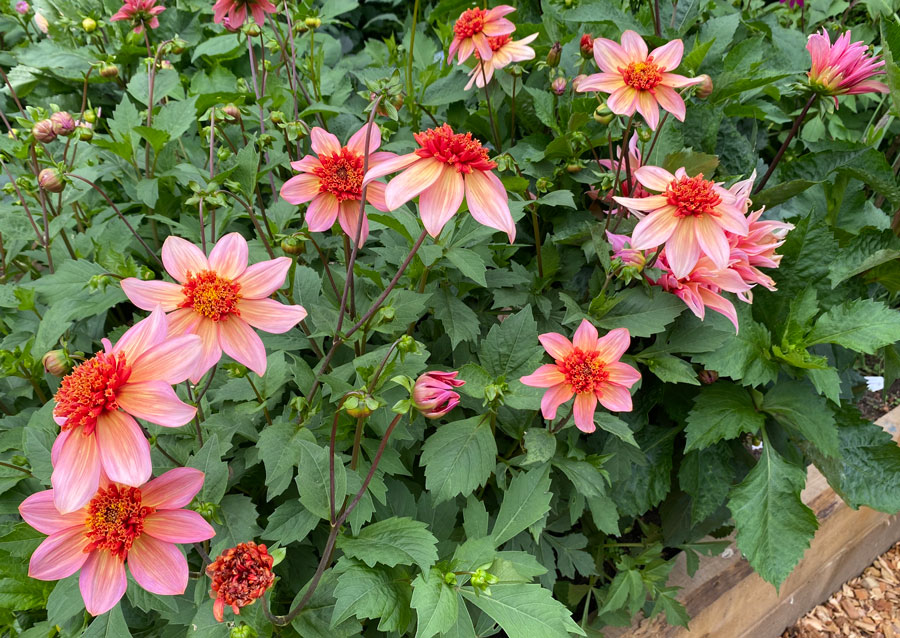
The Art of Cutting Dahlias
To ensure your plants keep blooming, it’s crucial to cut the flowers regularly. Removing spent flowers as they wither or harvesting blooms to bring indoors encourages the plant to produce more buds. When cutting for vases, picking them early in the morning or in the evening is best after the heat of the day has cooled.
Cut just above a pair of opposite leaves with stems that are at least 12 inches long, and remove any foliage along the stem. Submerge the cut stems in a bucket of cool water away from the sun to extend their vase life. While dahlias don’t last as long in vases compared to other cut flowers, good hydration immediately after picking can help prolong their beauty.
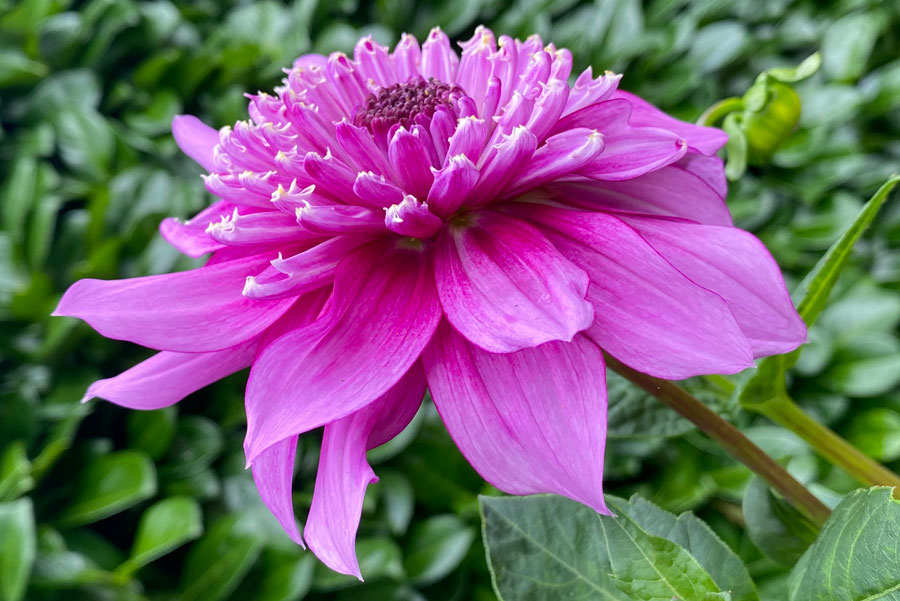
Dahlias do not open much after being picked, so it’s best to wait until the blooms are almost fully open but not yet withering. Before arranging them, recut the stems at a 45-degree angle under water, either in a bucket or sink. This helps seal the cut and prevents air from entering the stem, ensuring better hydration. For large dahlia blooms, choose a vase with a narrow neck or use floral mechanics to support the heavy flowers.

Feeding and Fertilizing
To sustain this bonanza of blooms, feed once a month with a low-nitrogen, slow-release fertilizer. Excess nitrogen promotes leaf growth at the expense of flowers. Avoid fertilizing from September onwards, as the dahlias won’t have time to absorb the nutrients before the season ends. Gradually reducing fertilizer helps the tubers ripen and store better over winter, ensuring healthy plants for the next season.
Pest and Disease Management
Healthy, well-fed, and well-watered plants are more resistant to pests and diseases. Once dahlias grow tall and their stems strengthen, slugs and snails become less of an issue. However, it’s still wise to periodically check for these pests, as they can damage tender new growth. Earwigs, which often hide in the flowers, can be easily dislodged with a good shake. Powdery mildew, a common late-summer issue, appears as a grayish-white coating on leaves. While unsightly, it typically doesn’t harm the plant. To manage powdery mildew, remove excess foliage to improve air circulation and avoid overhead watering.
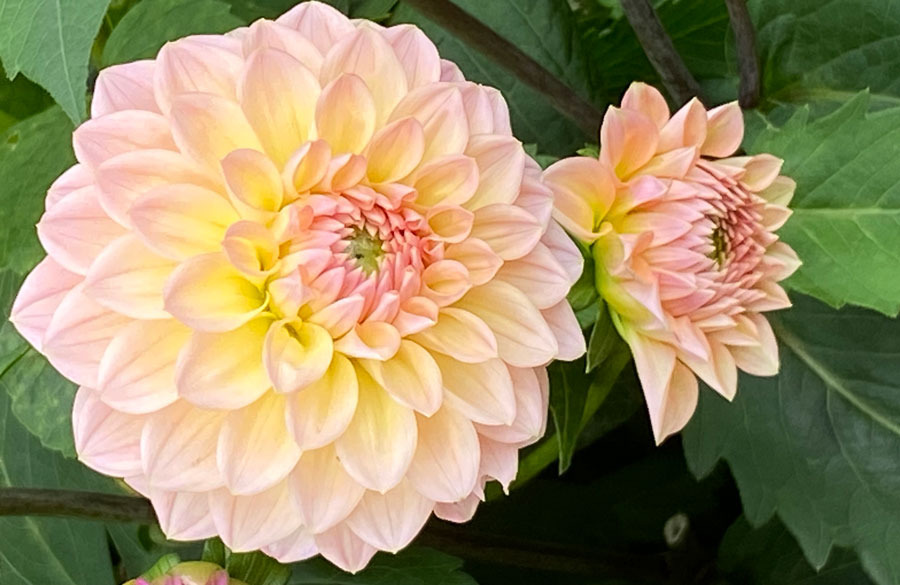
To protect the flower heads from being damaged by slugs and earwigs prior to cutting there are fine mesh bags with drawstrings that I use that keep the flower heads in pristine condition. They are designed for fruit protection but work just as well with dahlia flower heads. I simply place the mesh bag over the flower bud before opening and draw the strings to keep unwelcome visitors out. They come in a variety of sizes – available on Amazon here.
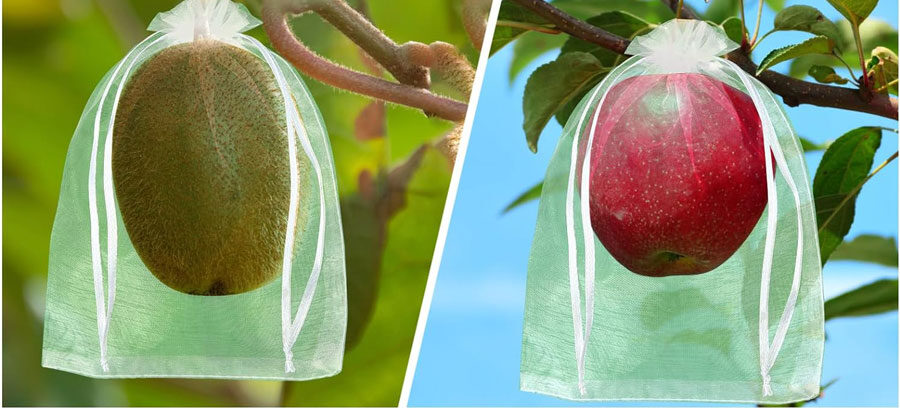
Dahlia Flower Types
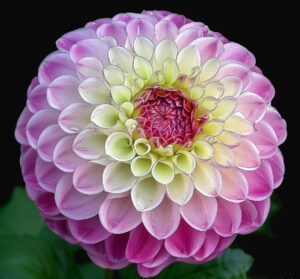
1. Pompon Pompon dahlias are small, round, and perfectly spherical, resembling a pingpong ball. Their tightly arranged petals give them a neat, compact appearance, making them ideal for borders and arrangements where uniformity is desired.
2. Ball Similar to pompons but larger, ball dahlias have a rounded shape with slightly flattened sides. Their petals are arranged in a spiral pattern, providing a stunning texture that adds visual interest to any garden or floral display.
3. Decorative Decorative dahlias are known for their large, showy blooms. They come in two forms: formal and informal. Formal decorative dahlias have neatly arranged petals that create a uniform look, while informal types have a more relaxed, somewhat disorganized petal arrangement.
4. Cactus Cactus dahlias are characterized by their pointed, narrow petals that often curve backward, giving the bloom a spiky appearance. These dahlias add a dramatic flair to gardens and bouquets with their starburst-like shapes.

5. Semi-Cactus Combining features of both cactus and decorative dahlias, semi-cactus dahlias have broad bases with pointed tips. Their petals are less rolled than those of cactus dahlias, resulting in a slightly softer, but still striking, look.
6. Waterlily Waterlily dahlias are reminiscent of waterlily flowers with their flat, open blooms and broad, slightly curved petals. These dahlias provide a serene and elegant touch, perfect for adding tranquility to garden spaces.
7. Anemone Anemone dahlias feature a central disc of elongated, tubular petals surrounded by a ring of flatter, broader petals. This unique form gives them a distinctive and eye-catching appearance, ideal for adding variety to flower beds and arrangements.
8. Collarette Collarette dahlias have a distinctive collar of shorter petals that surround the central disc, with a single row of larger petals forming the outer ring. This two-layered petal arrangement creates a charming and whimsical look.
9. Peony-Flowered Resembling peonies, these dahlias have large, open blooms with multiple rows of petals. They offer a lush and full appearance, adding a touch of classic garden beauty to any setting.

10. Orchid-Flowered Orchid-flowered dahlias are unique with their star-shaped blooms and rolled, narrow petals that resemble orchid flowers. They provide an exotic and delicate look, making them stand out in any garden.
11. Single Single dahlias have a simple, daisy-like form with one row of petals surrounding a central disc. Their straightforward elegance makes them perfect for casual garden settings and mixed borders.
12. Mignon Mignon dahlias are miniature versions of single dahlias, featuring small, charming blooms. They are perfect for container gardening and adding delicate accents to small garden spaces.
13. Dinnerplate Known for their enormous blooms, dinnerplate dahlias can reach up to 12 inches in diameter. These show-stopping flowers are perfect for creating a bold statement in gardens and floral arrangements.
14. Fimbriated Fimbriated dahlias have fringed or serrated petal edges, giving the blooms a unique, textured appearance. This type adds a touch of sophistication and intrigue to gardens and bouquets.
15. Novelty Novelty dahlias encompass a range of unique and unusual flower forms that don’t fit into the standard categories. These dahlias offer distinctive shapes and patterns, perfect for gardeners looking to add a one-of-a-kind element to their plantings.
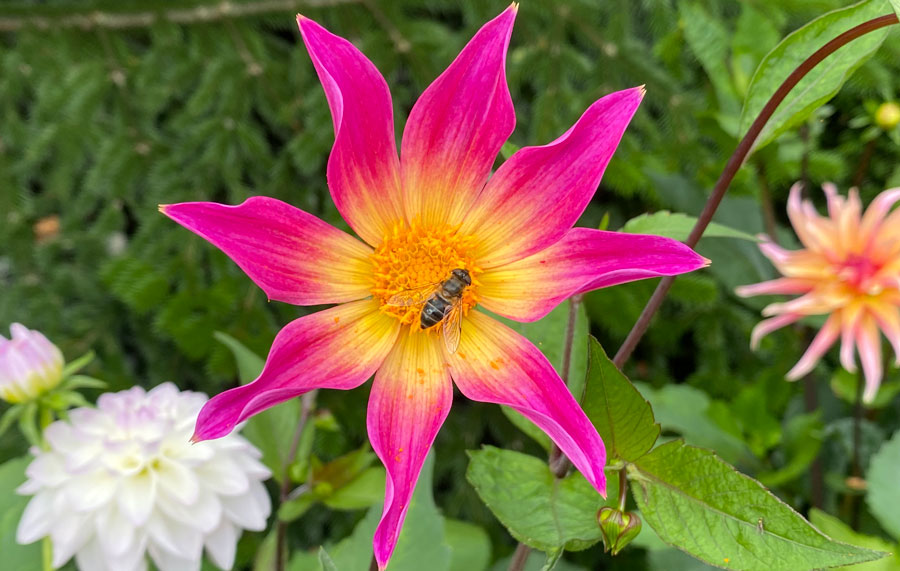
Embrace the Beauty of Dahlias
In conclusion, dahlias are the crown jewel of the summer garden, offering a dazzling array of colors, shapes, and sizes. With proper care, including regular cutting, feeding, and pest management, you can enjoy a continuous display of breathtaking blooms from summer to the first frost. Whether you’re an experienced gardener or a novice, growing dahlias is a rewarding experience that brings beauty and joy to any garden. So, embrace the vibrant world of dahlias this season.
